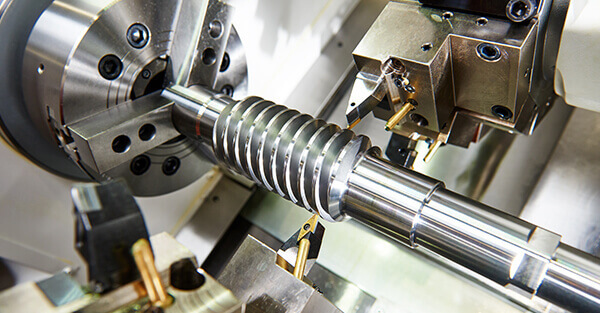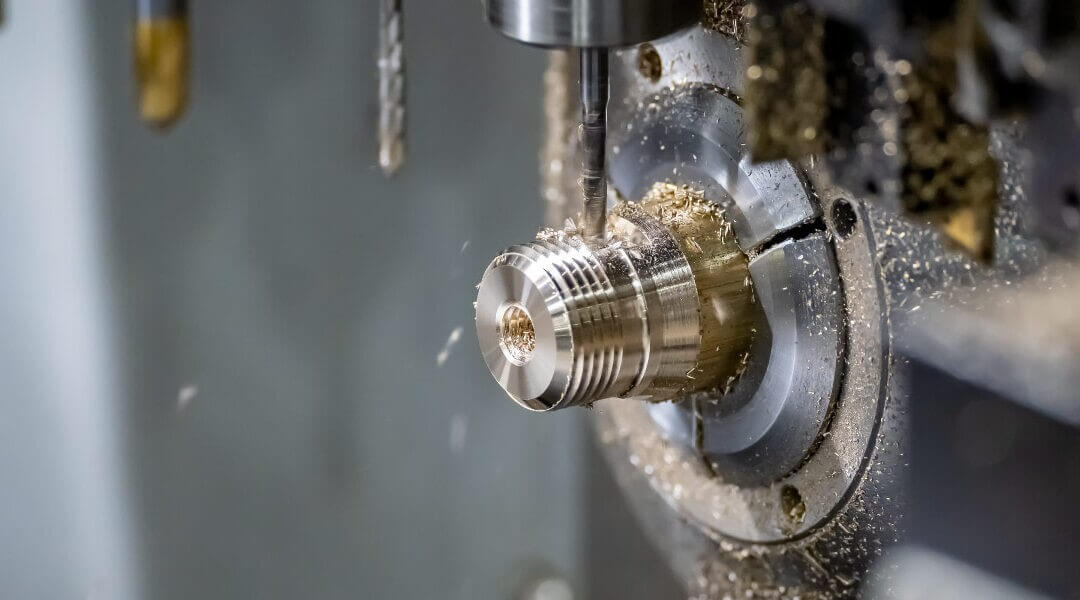Benefits of Swiss Turning
Thanks to Swiss turning, it’s never been easier to produce large quantities of small, extremely detailed parts. How and why did this technology, invented in the 19th century for Swiss watchmaking, become an essential part of the modern workshop? Let’s find out.
1.What is Swiss turning?
Swiss turning refers to the use of a Swiss lathe to make parts. Unlike other traditional lathes, Swiss lathes use a sliding headstock, which is why they are also called sliding headstock machines. This feeds the barstock along the Z axis into a guide bushing, through the spindle, and then past a fixed cutting tool. This means that the contact point of the cutting tool is always close to the guide bushing, providing greater support and reducing vibration and tool deflection. Tighter tolerances increase the ability to produce smaller, more detailed parts, and reduce the risk of production errors.
2.Benefits of Swiss Turning
When you are able to make complex parts on a smaller scale, there is a trickle-down effect throughout the operation. With Swiss turning, you can:
1) Say goodbye to the small part problem
While traditional lathes may struggle to machine small, long, and thin objects, Swiss lathes excel. Swiss lathes can produce items as small as 0.75 inches in diameter. Their high tolerance thresholds even allow for hard turning, which is important for detail-oriented work with micron-level features. As parts become less difficult to produce, the potential for operator error and the associated waste of money, time, and materials is reduced.

2) Doubled Productivity
Traditional turning methods require longer production cycles due to the higher potential for error. Swiss turning cuts the cycle time in half: more results in less time. In addition, many Swiss lathes are equipped with sub-spindles, so multiple operations can be completed simultaneously. Coupled with the fact that they often have two or even three times the number of axes compared to other CNC lathes, it may not even be necessary to use another machine to complete the process. This can also reduce labor costs of using multiple machines.
3) Maximized Work Area
Being able to centralize the production process onto one instrument frees up other machines, thereby optimizing operations. Since more machines are now available, shops can take on more work and leave larger projects to those machines. As a result, there is an opportunity to produce not only more products, but also a wider variety of products.
4) Eliminate Complexity in Small Parts
Swiss turning technology can be amazingly effective in producing complex parts needed in industries ranging from aerospace to healthcare. So the next time you need to produce a small, delicate part in high volume, be sure to look for a partner with the Swiss advantage.
If you are looking for an experienced swiss turning manufacturer, Xavier is your ideal choice. The Xavier team is well-equipped to provide high-quality CNC machining solutions. If you need more information or to discuss your machining needs with us, please feel free to contact us.
